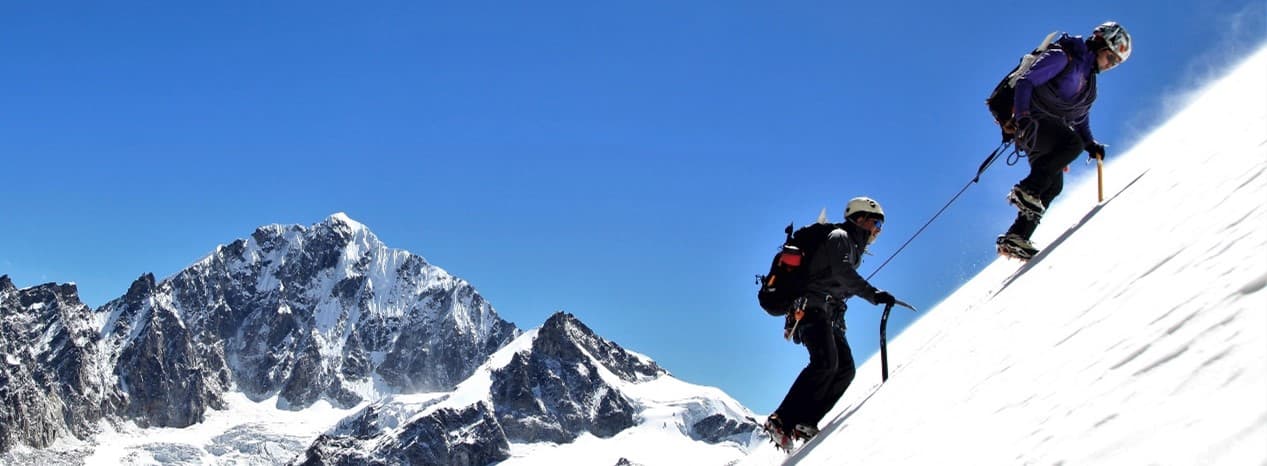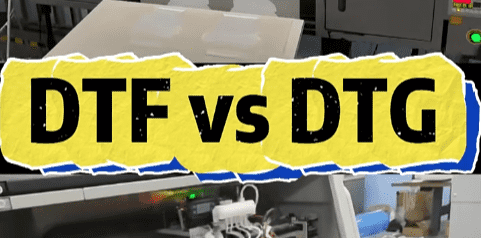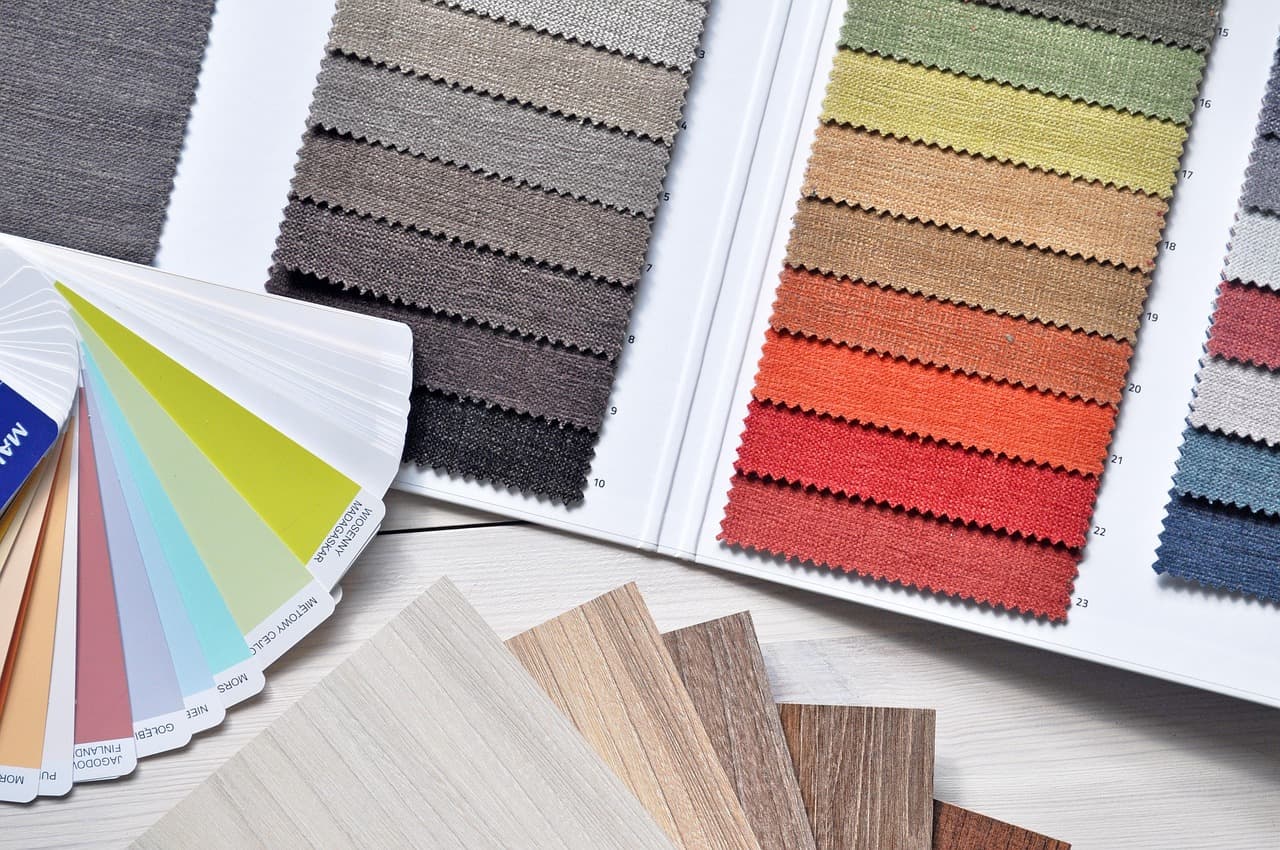Why Are Hard Shell Jacket Waterproof and Breathable?
The U.S. outdoor apparel market reached $27.1 billion in 2023, with Hard Shell Jacket accounting for approximately 18% ($4.9 billion). It is projected to grow at a compound annual growth rate (CAGR) of 6.5% from 2024 to 2030, driven by material innovation (35% of jackets now use recycled polyester, while 60% of high-end products utilize Gore-Tex® fabric), consumer preference for lightweight durability (72%), and sustainability (58% are willing to pay a 10-15% premium). Leading brands such as The North Face (22%), Patagonia (18%), and Arc’teryx (15%) dominate the market through eco-friendly technologies and functional fabrics. As outdoor activities gain popularity, Hard Shell Jacket are expected to claim 40% of the market share by 2025.
This article explores Hard Shell Jacket through four key sections:
- The difference between waterproof-breathable technology and water-repellent functionality.
- The waterproof-breathable principles of GORE-TEX fabrics and their product lines.
- Waterproof-breathability testing standards.
- Seam taping processes and structural design details.

I. The Difference Between Waterproof Breathability and Water Repellency in Hardshell Jackets
Many assume that waterproof breathability in hardshell jackets relies solely on a middle-layer membrane, but this explanation oversimplifies the technology. Today, we’ll dissect the technical structure of true hardshell jackets.
Not all jackets labeled as "hardshells" can withstand heavy rain. Some only offer water-repellent (DWR) performance, while genuine hardshells deliver waterproof functionality. Though the terms sound similar, their principles are fundamentally different:
- Water repellency (commonly advertised as the "lotus effect") causes water to bead up and roll off the fabric surface. This only protects against light splashes.
- Waterproofness ensures water cannot penetrate the fabric under pressure, critical for enduring rain and snow.

The Science Behind Water Repellency
Water-repellent fabrics achieve their effect through fluoroacrylate-based chemicals applied to the outer layer. These compounds lower the fabric’s surface energy, preventing water from spreading or absorbing. In contrast, the lotus effect relies on nano-scale physical textures.

How True Waterproofing Works
Hardshell jackets combine water repellency (outer layer) and waterproof breathability (middle layer). The waterproof layer, typically a microporous membrane like GORE-TEX, blocks liquid water while allowing vapor (sweat) to escape.GORE-TEX uses expanded polytetrafluoroethylene (ePTFE)—a stretched version of PTFE (the material in plumber’s tape). When magnified, ePTFE reveals microscopic pores:
- Larger than water vapor molecules (0.0004 microns), enabling breathability.
- Smaller than liquid water droplets (100+ microns), blocking rain penetration.
This unique structure enables simultaneous waterproofing and breathability, making GORE-TEX the gold standard for hardshell jackets.

II. Exploring the Waterproof Breathability Principles and Series Features of GORE-TEX Fabric
GORE-TEX fabrics can be categorized into three main series:
- GORE-TEX Infinium
- GORE-TEX Products
- GORE-TEX PRO
GORE-TEX Infinium
The waterproof breathability principle discussed earlier applies specifically to GORE-TEX Infinium, which is primarily used in windbreakers, not hardshell jackets. While initially water-resistant, prolonged wear (2–3 days) or a single wash can compromise its waterproofness. This is due to human sweat and skin oils infiltrating the microscopic gaps in the expanded polytetrafluoroethylene (ePTFE) membrane. Once these oils coat the nano-scale pores, water resistance diminishes permanently, as the oils cannot be fully removed.

GORE-TEX Products
To address this, engineers added a polyurethane (PU) coating to the inner layer of the ePTFE membrane. This PU layer:
- Blocks pores to prevent oil penetration.
- Retains waterproofness under heavy rain.
- Allows limited moisture transfer (sweat absorbed by the PU evaporates through the ePTFE).
However, this design sacrifices breathability. While waterproofing remains stable over time, sweat struggles to escape, making garments feel stifling.

The GORE-TEX Paclite® series (under the Products line) prioritizes lightweight portability. It omits the inner lining to reduce weight but retains a PU coating blended with carbon black for durability and aesthetics. Despite improved abrasion resistance, it remains moisture-wicking but not breathable.

GORE-TEX PRO
For extreme outdoor performance, engineers upgraded the ePTFE membrane by modifying its chemical structure:
-Standard PTFE (single perfluorocarbon chain) → Enhanced PTFE (six perfluorocarbon chains).
- Result: Stronger waterproofing and oil-repellent properties, eliminating the need for a PU layer.

This allows sweat to escape freely without compromising waterproofness. For example, the 2024 Chinese Mount Everest Expedition relied on KAILAS hardshell jackets with GORE-TEX PRO, which deliver both stormproof durability and rapid sweat dissipation during intense activities.

III. Understanding the Four Moisture Vapor Transmission Test Standards
The waterproof breathable membranes in GORE-TEX rely on expanded polytetrafluoroethylene (ePTFE), a premium material. However, most brands use cheaper PU (polyurethane) or TPU (thermoplastic polyurethane) membranes, such as Toray’s Dermizax and Entrant. These fabrics often claim moisture vapor transmission rates (MVTR) in the tens of thousands, but such values are meaningless without specifying the testing standard. The four primary methods.

1. Upright Cup Method
- Water is placed in a cup, covered with fabric, and vapor transmission is measured.
- Flaw: Minimal distance between water and fabric allows spillage during testing, leading to inflated and inaccurate results.
2. Inverted Cup Method
- Similar setup, but the cup is flipped to let water directly press against the fabric.
- Issues: Water pressure artificially boosts MVTR, and leaks through loose seals further skew results. PU membranes often use this method.
3. Calcium Chloride Method
- A cup filled with anhydrous calcium chloride (a desiccant) is covered with fabric.
- Measures how much moisture the calcium chloride absorbs from ambient air.
- Most reliable for evaluating non-PU-coated ePTFE membranes, closely mirroring real-world breathability.
4. Potassium Acetate Method
- Potassium acetate (hygroscopic) is placed in a cup, covered with fabric, and submerged in water.
- External water pressure and internal absorption create unrealistically high MVTR values.
Choosing the Right Membrane
- Prioritize comfort: Opt for single-component modified ePTFE membranes.
- Prioritize waterproofness: Choose single/dual-component ePTFE or PU/TPU membranes.
- On a budget: TPU membranes (affordable but less durable).
- Eco-conscious: PU membranes (plasticizer-free, biodegradable). Brands like Patagonia favor PU, though its lifespan is limited to ~2 years or 15 washes.

IV. Tape-Sealing Techniques and Structural Details in Hardshell Jacket Construction
Beyond fabric performance, construction quality defines a hardshell jacket’s reliability. Key considerations:
1. Tape-Sealing Process
- Stitched seams create needle holes, which leak without waterproof tape sealing.
- High-end jackets use overflow adhesive lamination: Excess adhesive smooths transitions between tape and fabric, enhancing durability.
- Low-quality jackets have abrupt tape edges prone to peeling.

2. Waterproof Rating Basics
- Light rain: ~3,000 mm | Moderate rain: ~5,000 mm | Heavy rain: ~8,000 mm.

3. Key Structural Features
- Pit Zips: Critical for ventilation during high-intensity activities.
- Sealed Cuffs/Hem: Prevent water/snow ingress.
- Storm Hood: Must articulate with head movement and accommodate helmets without obstructing vision.
- One-Handed Adjustments: Zippers and toggles should be operable while wearing gloves.
- Powder Skirt: Blocks snow intrusion during falls (essential for skiers) and reduces wind lift.

Final Tip: Functional design often outweighs technical specs. Test jackets for mobility, ventilation, and ease of use in real conditions.
Tags:






Leave a comment
Your email address will not be published.